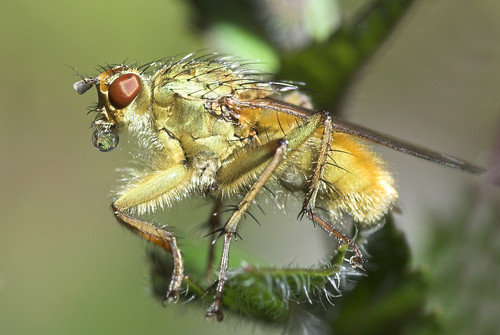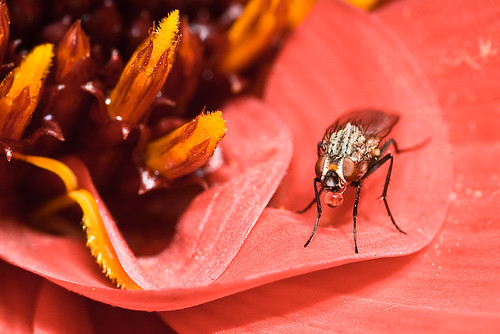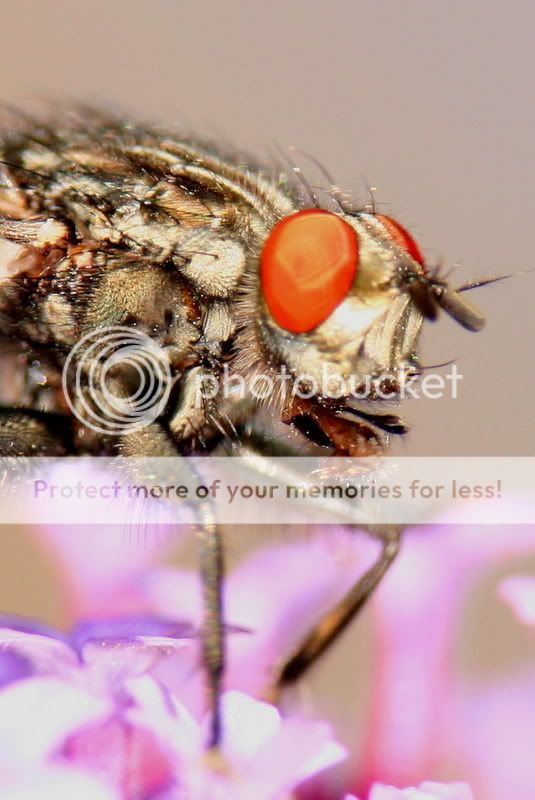- Messages
- 274
- Edit My Images
- Yes
Last year I took a shot of a dung fly doing something rather strange:

Closeup:

I had no idea what was going on there and even after a bit of googling I didn't manage to come up with anything. Anyway, a year later and they're at it again!

Is it as simple as this is how they drink? Anyone else seen this sort of thing?

Closeup:

I had no idea what was going on there and even after a bit of googling I didn't manage to come up with anything. Anyway, a year later and they're at it again!

Is it as simple as this is how they drink? Anyone else seen this sort of thing?




